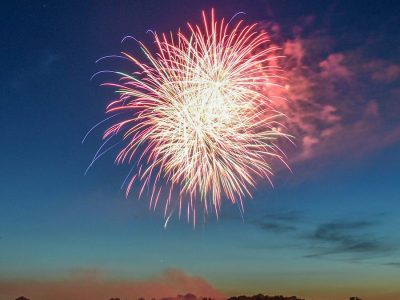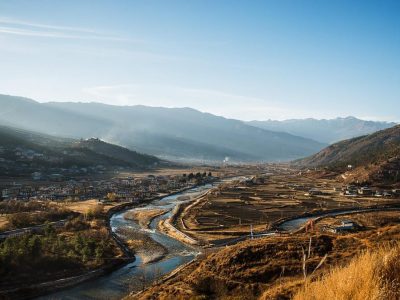Temperature: 31ºC high; 16ºC low
Season: dry season/winter
Flight time from UK: 10 hours 30 minutes
Time difference: GMT+1
The vast, remote landscapes of Namibia are some of the most magnificent on earth. Mountainous dunes, endless empty desert, untouched savannah where the big hitters of African wildlife roam: elephants, lions, leopards, cheetahs, hippos, rhinos, giraffes. In recent years, a crop of knock-out new camps is allowing wildlife lovers to discover the farthest stretches of this country. While November brings the start of the rains in Namibia, this is not necessarily a bad thing when it comes to wildlife variety and sheer drama.
“Across most of southern Africa, November is an interesting month. It is a time of transition – giving travellers an amazing experience of the end of the dry season and the spectacular breaking of the rains,” says Chris McIntyre, founder of specialist tour operator Expert Africa. At the tail end of the dry season, wildlife gathers at the waterholes in places such as Etosha National Park. Then as the rains roll in, when storm clouds gather over the mountains and plains, the landscapes begin to bloom again.
“Swiftly following the greening of the land is a flush of new life, as more insects, reptiles, amphibians and migrant birds appear on the scene,” says McIntyre. And as it’s low season, prices are appealing low, too.
Where to stay: Many of Namibia’s incredible new lodges are eco-friendly with a minimal footprint and work with local communities and conservation groups. In the Huab River valley, Damaraland Camp is a pioneer of community-based tourism – a partnership between Wilderness Safaris and the local Torra Conservancy. Hoanib Valley Camp works with the local community and Giraffe Conservation Foundation. Expert Africa can arrange bespoke itineraries to Namibia. We also love Habitas Namibia, a wellness-focused, people-driven safari camp.










